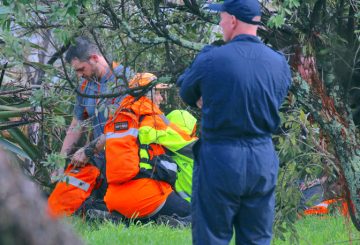Bộ Giáo dục có kế hoạch mua tới 30 máy cắt cỏ tự động cho các trường học. Đây là một phần của nỗ lực mới nhằm cải thiện quản lý và bảo trì cho các trường học nhỏ và nông thôn. Một cuộc đấu thầu cho các đề xuất đã được gửi trong tuần này.
Mục tiêu là giúp các hiệu trưởng quản lý tài sản của họ dễ dàng hơn. Bộ cũng đang thử nghiệm ý tưởng chia sẻ người chăm sóc giữa các trường và tạo số 0800 cho các vấn đề khẩn cấp.
Các công ty đã quảng bá những chiếc máy cắt cỏ thông minh này cho các trường học trong nhiều năm. Họ sử dụng công nghệ tương tự như những chiếc xe tự lái của Tesla, bao gồm thị giác máy tính và AI. Những máy cắt điện này có thể phản ứng với sự thay đổi thời tiết và xác định các khu vực cần được chăm sóc đặc biệt, như cỏ khô hoặc không khỏe mạnh.
Máy cắt cỏ có thể được điều khiển từ điện thoại và các mô hình trong tương lai sẽ sử dụng AI để phân tích dữ liệu để đưa ra quyết định chăm sóc bãi cỏ tốt hơn. Bộ muốn máy cắt cỏ có tính năng an toàn và tập trung vào việc giảm tác động môi trường.
Hiện tại, Bộ có 30 trường học dành cho máy cắt cỏ tự động, với kích thước từ một đến ba ha. Các kế hoạch ban đầu bao gồm tung ra tám máy cắt cỏ để kiểm tra hiệu quả của chúng.
Tổng cộng, Bộ giám sát 2.100 trường học và quản lý 8.000 ha đất. Một phiên tòa ở Waikato đang xem xét làm thế nào để giảm bớt gánh nặng quản lý cho hiệu trưởng tại các trường học nhỏ và nông thôn. Thử nghiệm này không bao gồm các khu vực hiện đang được cắt bởi những người chăm sóc trường học, chỉ những khu vực được chăm sóc bởi các nhà thầu.



















































-360x245.jpg)









